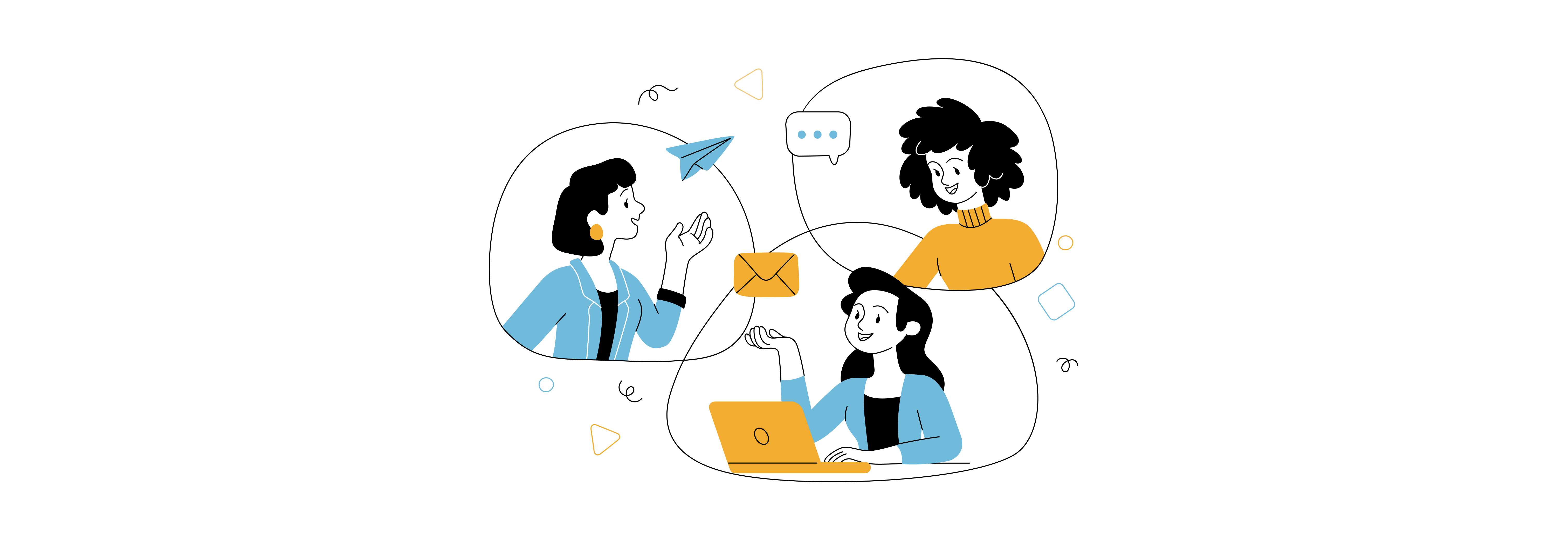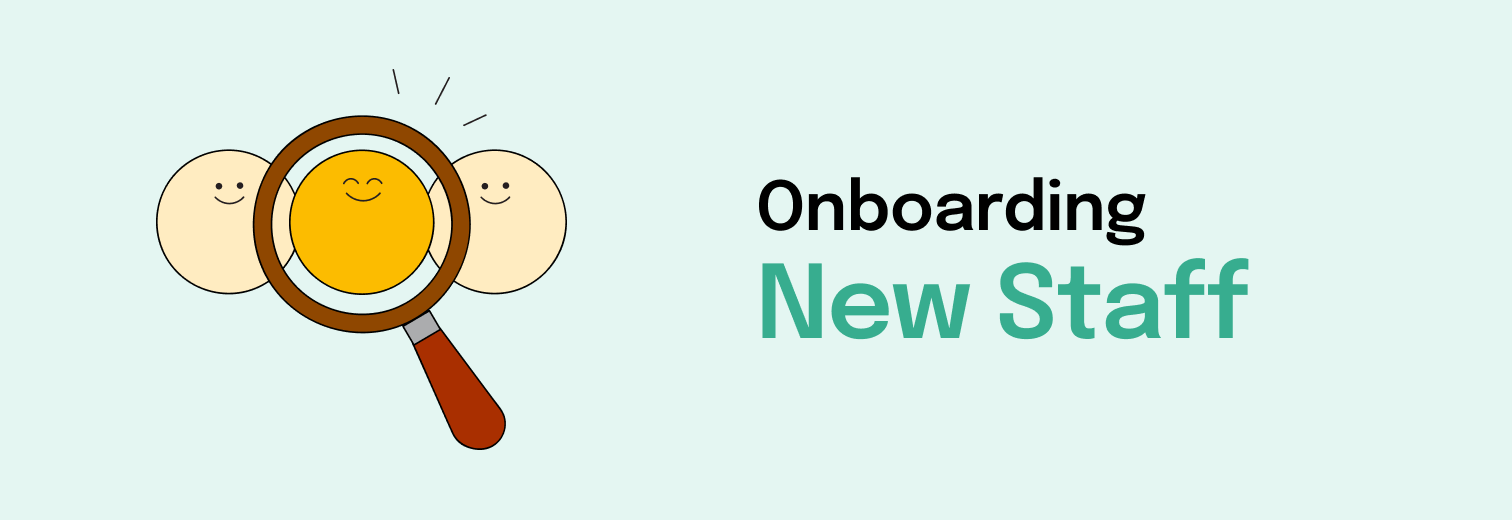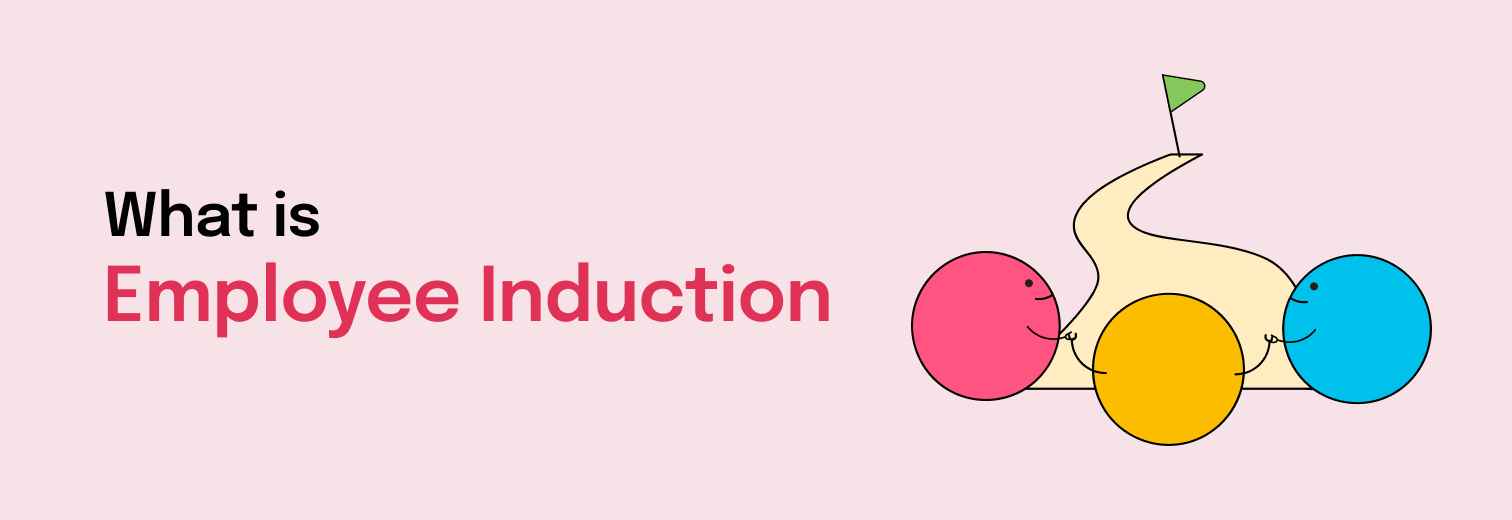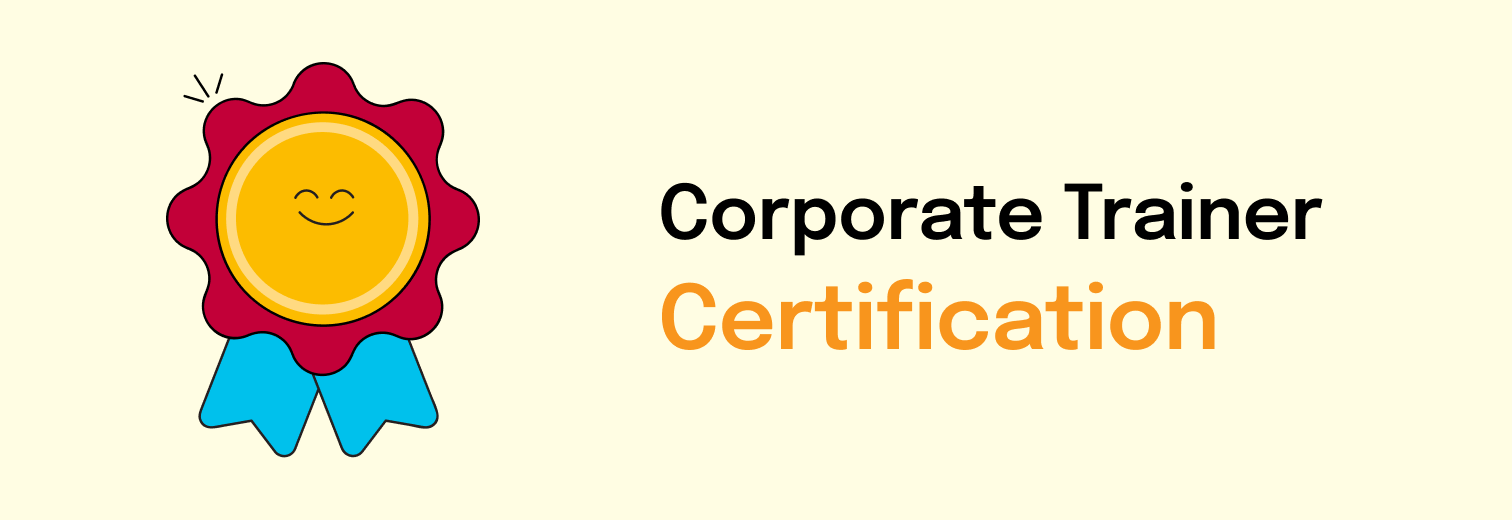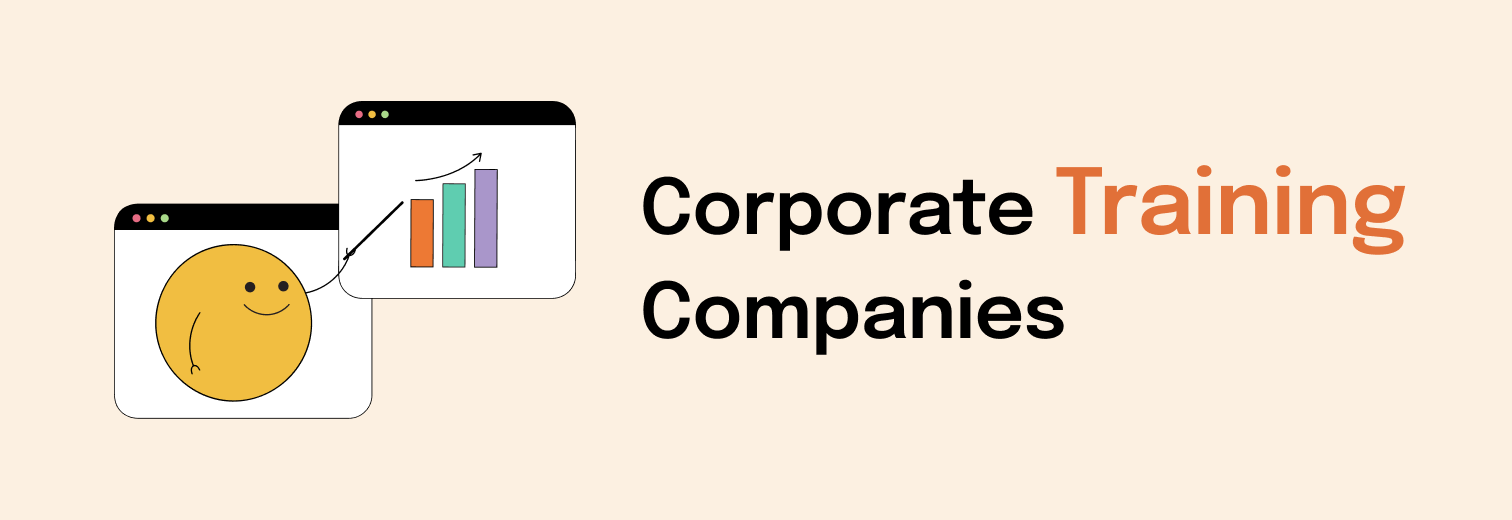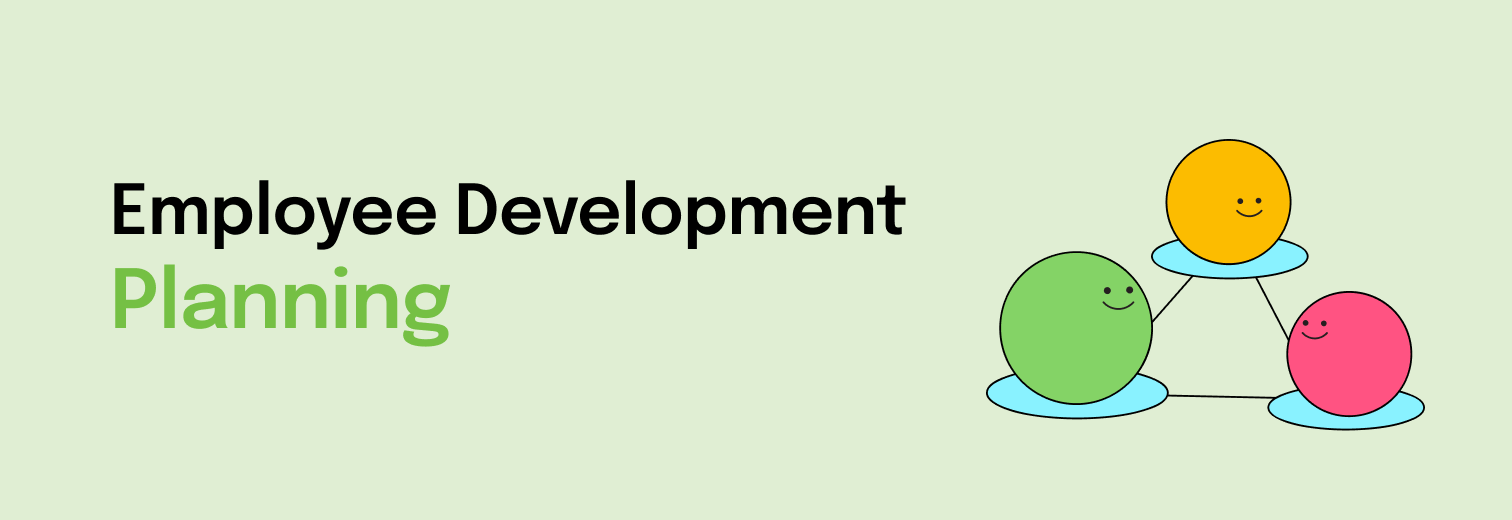“Even if you are not busy, you need to show that you are busy”. Does this piece of advise sound familiar to you? Do you rush around every day from meetings to meetings, furiously pecking away at your Blackberry or cell phones? Are you one of those who cannot wait for the plane to land before you put on your cell phone again and start calling back all your missed calls? Do you have an incorrigible need for checking your mails – even late at night and then on weekends too? Welcome to the world of Adrenaline Addiction.
It is perhaps one of the most rampant addictions in corporate India – affecting most senior leaders, and yet – most are not even aware of it. Not only does the adrenaline addict pay a price (working harder and harder, rushing, poor relationships, etc.), the organization they work for suffers (everything is last minute, poor strategic planning, always in crisis management, always fire fighting etc.).
Patrick Lencioni, in the below article “The Painful Reality of Adrenaline Addiction” details out the dangers of this addiction and its different forms. Read on……
THE PAINFUL REALITY OF ADRENALINE ADDICTION
Einstein once said that the definition of stupidity is doing the same thing over and over and expecting different results. Sometimes however, it isn’t stupidity that causes this behavior, but something far more insidious and painful: addiction. Many of the leaders I’ve worked with struggle with an addiction that hurts their organizations, their families, and their job satisfaction. I’m not talking about the need for drugs or alcohol, but rather another chemical, of sorts: adrenaline.
The Profile
Executives with adrenaline addiction are the ones always pecking away at their Blackberries during meetings, talking on their cell phones during every five-minute break from those meetings, and checking e-mail late at night. They go from meeting to meeting to meeting with no time in between for reflection or thought.
Always overwhelmed, adrenaline junkies seem to have a constant need for urgency, even panic, to get them through the day. They cannot grasp the race driver’s motto: you have to slow down to go fast. Instead, they keep their foot on the pedal at full throttle, convinced that any deceleration is lost opportunity.
Like an alcoholic after a night of binge drinking, an adrenaline addict will often sit home at night wondering how life became so chaotic, and vowing to take back control the next day. And then that day begins and their addiction kicks in, giving them a sense of comfort even as it hurts them.
There is something particularly insidious about adrenaline addiction that makes it hard for many leaders to kick the habit. Unlike other addicts whose behaviors are socially frowned-upon, adrenaline addicts are often praised for their frantic activity, even promoted for it during their careers. And so they often wear their problem like a badge of honor, failing to see it as an addiction at all in spite of the pain it causes.
When confronted about their problem, adrenaline addicts (I’m a recovering one myself) will tell you about their endless list of responsibilities and all the people who need their attention. And while they’ll often complain about their situation, they’ll quickly brush off any constructive advice from spouses, friends or co-workers who “just don’t understand.”
The Cost
Of course, the first casualties of the adrenaline addiction are the addicts themselves. As they get busier and busier, with no relief in sight, the rush from their addiction subsides and their job satisfaction starts to plummet. Activities that they once enjoyed, that they aspired to do for years, suddenly become drudgery, causing the quality of their work to drop too. When they come to the conclusion that they’re working harder than ever, with less results and personal satisfaction, frustration only increases.
But the addict is not the only victim of this problem. The rest of the organization finds itself whipped in different directions, seemingly at random, based on whatever issue is causing the leader’s adrenaline to spike. Strategic planning goes out the window, replaced by reactivity and self-inflicted crisis management.
No one within the organization is spared from the effects of the addiction. The people who work directly for an addict must respond to – even enable – the addiction, and inevitably pass the panic down throughout the organization. The effect of this chain reaction is impressive to behold as employees three levels below can be seen scurrying aimlessly, all because of the adrenaline induced reaction of a leader at the top. Needless to say, morale in an adrenaline-addicted organization suffers as employees wonder why they’re doing what they’re doing, and waiting for the next random command to come down the pike.
Of course, the personal life of an adrenaline addict is not immune from the problem either. Decreased job satisfaction, increased stress and more time at the office affect families in profound and painful ways.
Recovery
So what can addicts do to combat this problem? First, they need to understand what kind of addict they are so that they can get to the root of their problem – because not all adrenaline addicts are the same. Here are the four types:
1. The Accomplisher – this is the classic type of adrenaline addict, the one who has an almost innate need to stay busy and cross things off a list in order to feel productive. They like to be able to measure daily progress in terms of what they have completed, even at the expense of the bigger, longer term view. Accomplishers are most susceptible to developing an adrenaline addiction because they are prone to take on more and more work.
2. The Personal Deflector – this is the type that uses their addiction to keep from assessing themselves and reflecting on their situation. They often have problems in their personal lives – or no personal life at all – and the last thing they want to do is face up to that. So they convince themselves that they have no time for their personal lives; which, sadly, only exacerbates the problem and prolongs the pain of dealing with it.
3. The Organizational Deflector – this type is like the previous one, except that the issue being avoided is trouble within the organization. Often a CEO or senior executive of a struggling company convinces himself/herself, as well as others, that he or she is too busy to stop and take an honest look at the company’s situation. As the company spirals, the adrenaline addict only works harder, trying to be convinced that the problem can be solved by working more hours at breakneck speed. The organizational deflector will do anything to avoid confronting the real problems which are often more complex and require real change.
4. The Dramatist – some adrenaline addicts get a degree of satisfaction from their addiction because it gives them an opportunity to draw attention to themselves and their plight. They complain about and describe their overwhelming situation, seemingly seeking admiration or pity from those upon whom they unload their problems.
These types of adrenaline addiction, though different, have some elements in common. Certainly, many addicts will see more than one type in their own behavior.
The Treatment
But how do they overcome their addiction?
Like any other addiction, the first step is acknowledging that they have a problem, and that it is one they want to change. Until that happens, there is little or no hope of improvement.
The second step is for them to let their peers and subordinates know that they are trying to kick the habit, because many of these people have become enablers over the years and have learned to play to the person’s addiction. Those people must be given explicit permission to stop enabling the behavior.
Finally, an adrenaline addict needs to confront whatever issue underlies the problem. For Accomplishers, it may be a false need to prove that they are worthy of their jobs. For the Personal Deflectors, it will involve having the courage to look at their lives holistically and honestly, maybe with the help of a counselor of some kind. The Organizational Deflectors need to embrace what Jim Collins calls “the brutal facts” about the business. And the Dramatists probably need to address a deeper issue in their lives, one that involves their self-esteem. They need to disconnect their personal needs from those of the organization.
What are the benefits of kicking an adrenaline habit? Executives who are not adrenaline addicts make purposeful decisions about how they spend their time and where they give their attention. They may be wildly busy at times, but they choose to be that way for limited periods of time because the situation truly warrants it.
Recovering addicts enjoy and understand the need to take a breath from time to time, to step back from their daily grind to assess and reflect where they are professionally, as well as personally. And just as importantly, they prevent their peers, their subordinates and their families from having to deal with the secondary effects of their addiction.
Are you an adrenaline addict?
Take the self test here from the IATF here: adrenaline_self_test_iatf
Evaluate yourself…. and yes – do work on getting rid of it !!!




